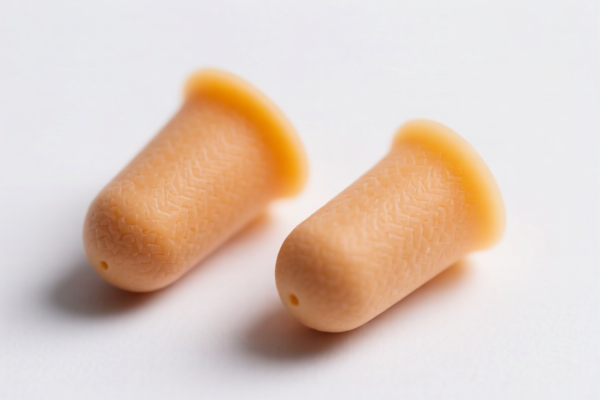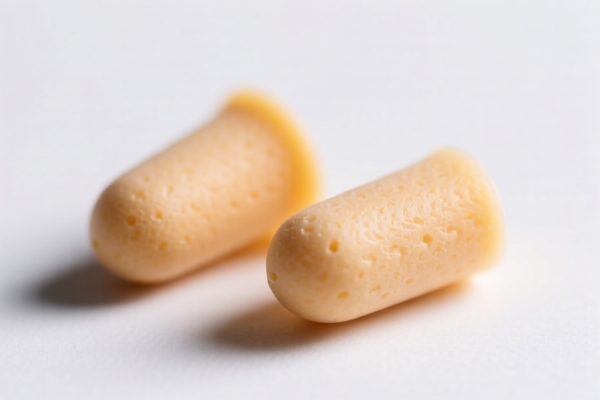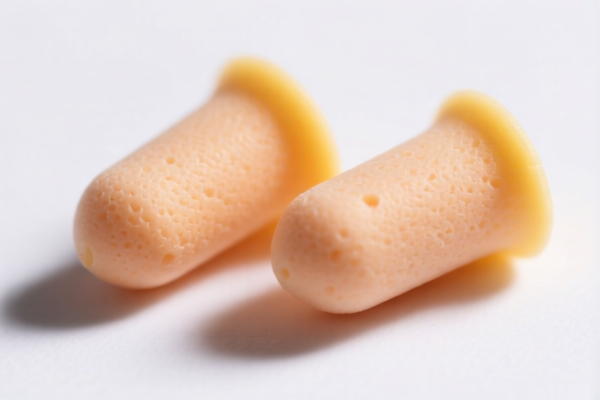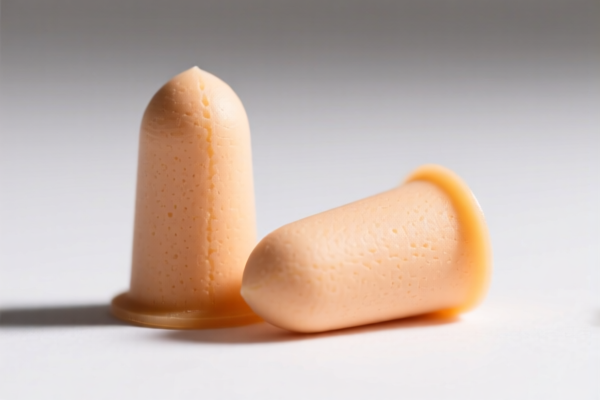| HS Code | Official Doc | Tariff Rate | Origin | Destination | Effective Date |
|---|---|---|---|---|---|
| 9021400000 | Doc | 30.0% | CN | US | 2025-05-12 |
| 9021908100 | Doc | 30.0% | CN | US | 2025-05-12 |




耳贴
耳贴 (Èrtiē) refers to adhesive patches applied to the outer ear, primarily targeting acupressure points for various health purposes.
Material:
- Adhesive: Typically made with a hypoallergenic adhesive to minimize skin irritation.
- Patch Base: Often constructed from cotton fabric or non-woven material.
- Active Ingredients: Vary widely depending on the intended use. Common ingredients include:
- Herbal Extracts: Frequently used in Traditional Chinese Medicine (TCM) formulations. Examples include ginger, garlic, mugwort, and various other plants believed to have therapeutic properties.
- Magnetic Particles: Some ear patches incorporate small magnets.
- Medicinal Compounds: Certain ear patches may contain pharmaceutical ingredients for specific conditions (e.g., nicotine for smoking cessation).
- Seeds: Vacuum-sealed seeds (e.g., mustard seeds) are sometimes embedded in the patch to stimulate acupressure points.
Purpose & Function:
Ear patches are based on the principles of acupressure, a TCM technique that involves stimulating specific points on the ear (auricular points) that correspond to different parts of the body. The primary intended functions include:
- Pain Relief: Targeting points associated with pain pathways.
- Addiction Management: Used for smoking cessation, weight loss, and other addictions by stimulating points believed to reduce cravings.
- General Wellness: Some patches aim to improve sleep, boost energy, reduce stress, or support overall health.
- Specific Condition Treatment: Patches are marketed for a wide range of conditions, including headaches, anxiety, digestive issues, and more. Note: The efficacy of these uses is often debated and not fully supported by scientific evidence.
Usage Scenarios:
- Self-Application: Most ear patches are designed for easy self-application at home.
- Clinical Settings: Auricular therapy (using ear patches and other techniques) is practiced by acupuncturists and other healthcare professionals.
- Preventative Care: Some individuals use ear patches as a preventative measure to maintain health and well-being.
Common Types:
- Traditional Herbal Ear Patches: Contain herbal extracts and are applied for general wellness or specific TCM indications.
- Magnetic Ear Patches: Incorporate magnets to stimulate auricular points.
- Smoking Cessation Ear Patches: Contain nicotine or other ingredients intended to reduce cravings and withdrawal symptoms.
- Weight Loss Ear Patches: Marketed to suppress appetite and boost metabolism.
- Seed Patches: Contain vacuum-sealed seeds that are pressed against the skin to stimulate points.
- Detox Patches: Claim to draw toxins from the body through the ear, Note: Scientific evidence supporting this claim is limited.
- Multi-point Patches: Designed with multiple auricular points targeted for broader effects.
耳贴属于“Orthopedic appliances, including crutches, surgical belts and trusses; splints and other fracture appliances; artificial parts of the body; hearing aids and other appliances which are worn or carried, or implanted in the body, to compensate for a defect or disability; parts and accessories thereof” 这一类商品。根据提供的参考资料,相关的HS编码包括:
- 9021400000: 助听器,不包括零件和附件。如果耳贴的功能是作为助听器使用,则适用此HS编码。基础关税为0.0%,加征关税为0.0%,2025.4.2后加征关税为30.0%,总税率为30.0%。
- 9021908100: 其他:其他。如果耳贴不属于助听器,而是作为其他类型的矫正或辅助器具使用,则适用此HS编码。基础关税为0.0%,加征关税为0.0%,2025.4.2后加征关税为30.0%,总税率为30.0%。
根据提供的参考资料,关于耳贴的HS编码选择,需要根据其具体功能进行判断。如果耳贴具有助听功能,则归类为9021400000;如果耳贴不具有助听功能,则归类为9021908100。
Customer Reviews
对于处理耳贴HS编码分类的人来说,这个网站简直是救星。对9021400000和9021908100的详细说明非常准确。
信息不错,但我发现根据产品功能确定适用的HS编码有些令人困惑。可能需要更多的指导。
我以前不知道耳贴可以归类到9021下。这个网站让理解不同的HS编码及其用途变得很容易。
有关耳贴材料和用途的信息对更好地理解产品非常有帮助。
我正在寻找有关耳贴分类的信息,这个页面提供了两种可用HS编码的详细说明。